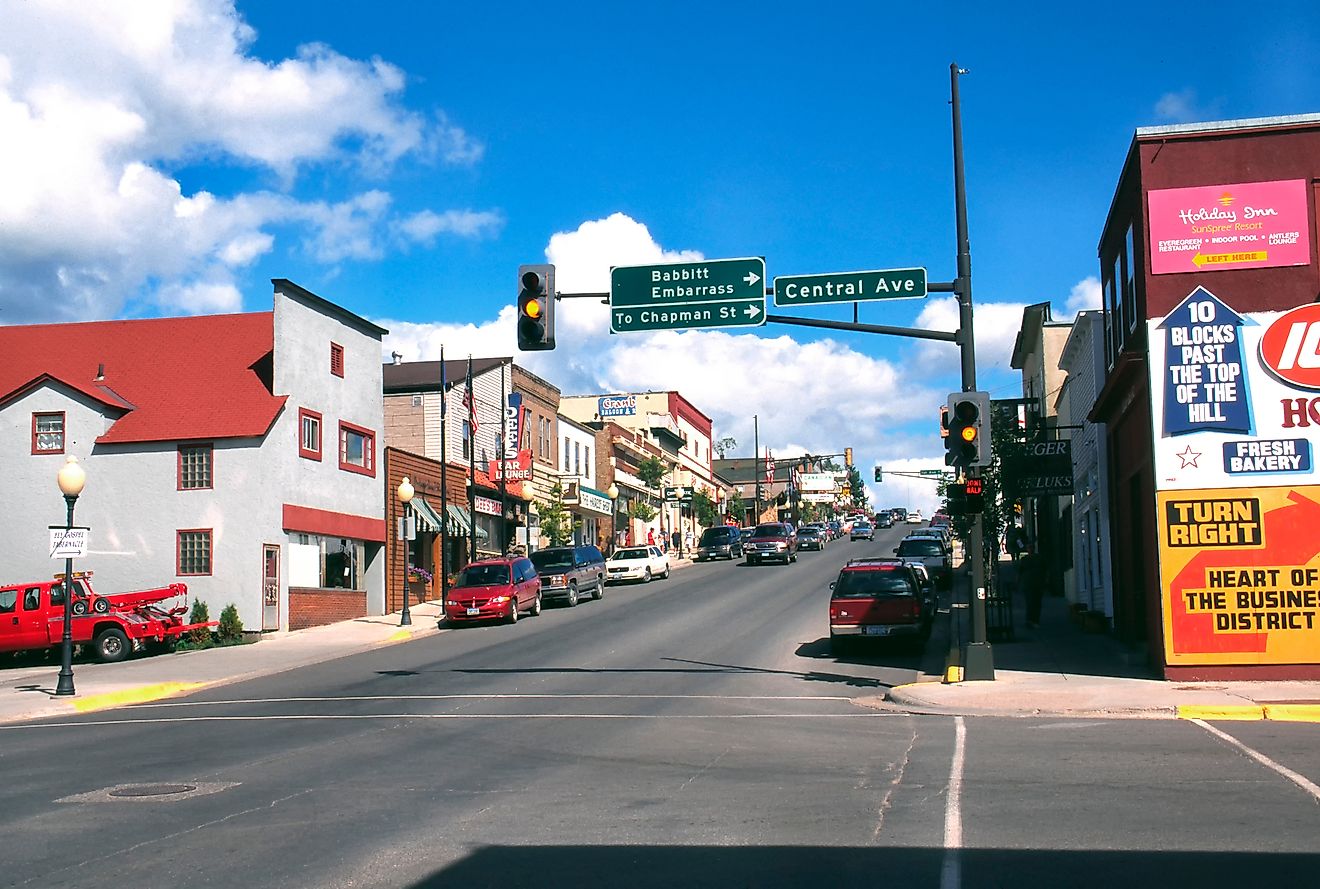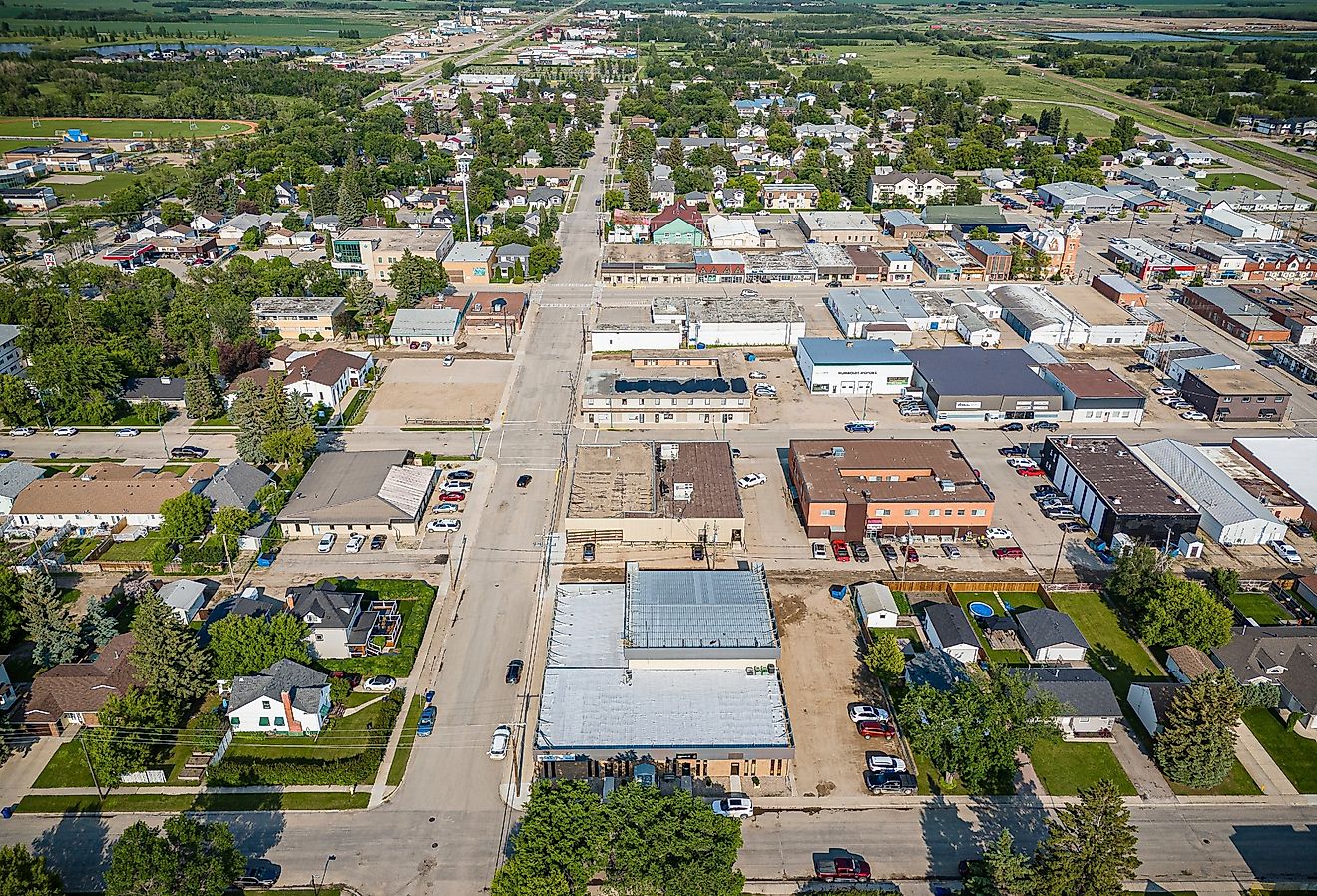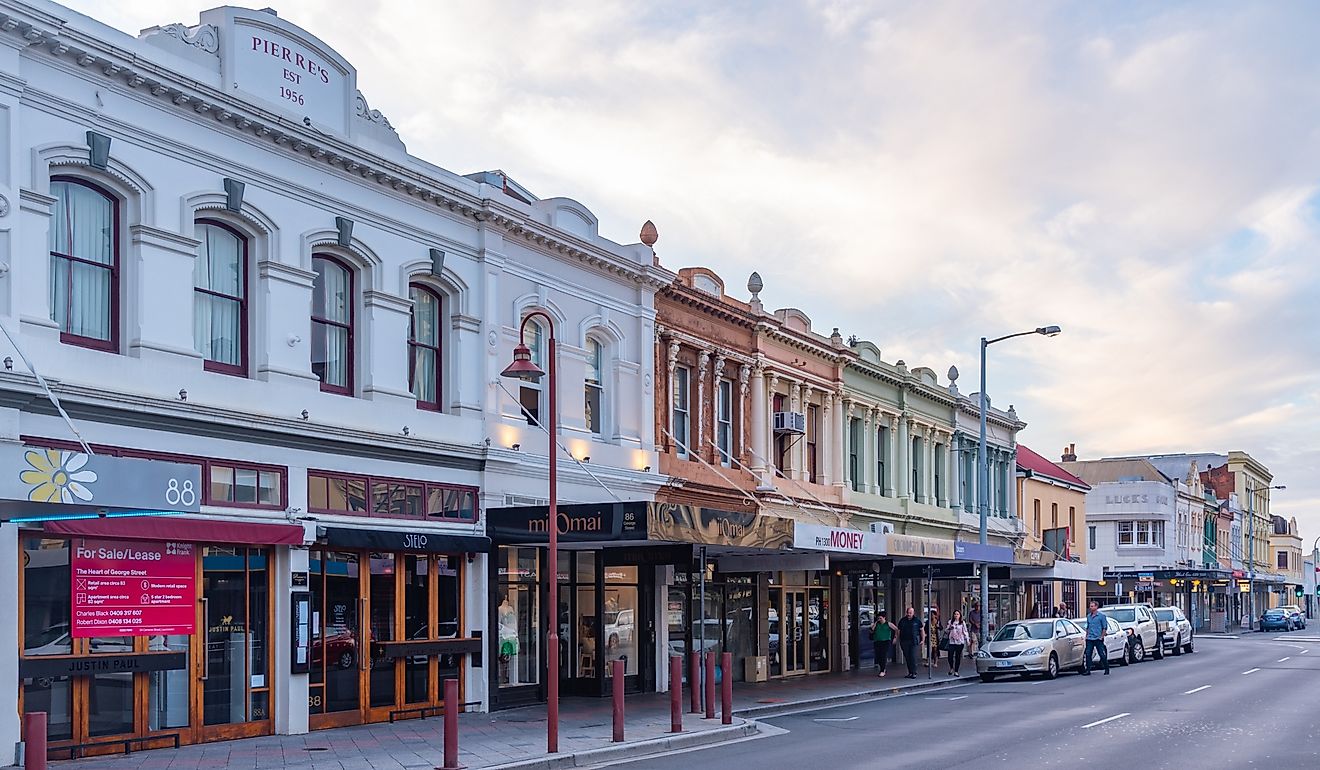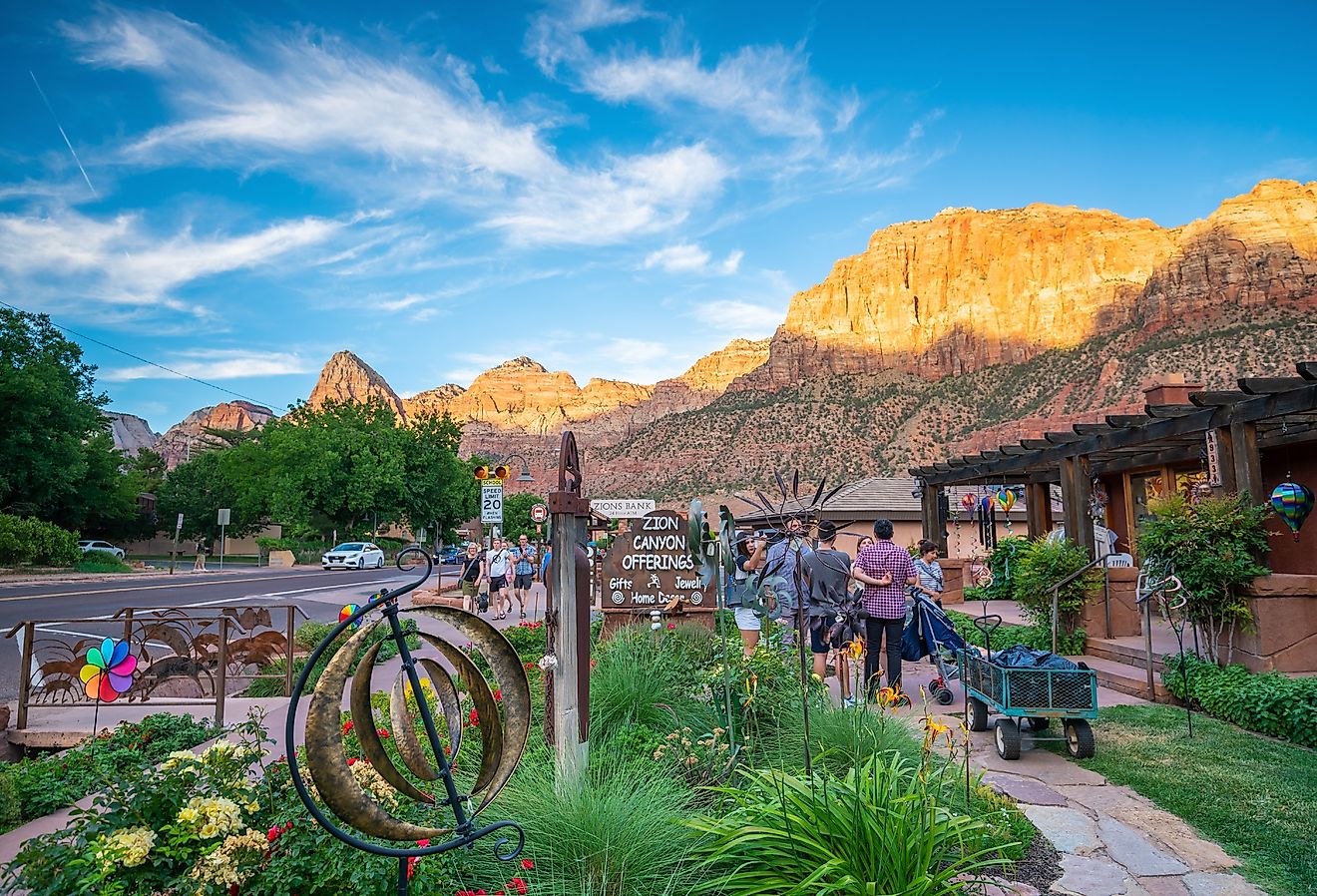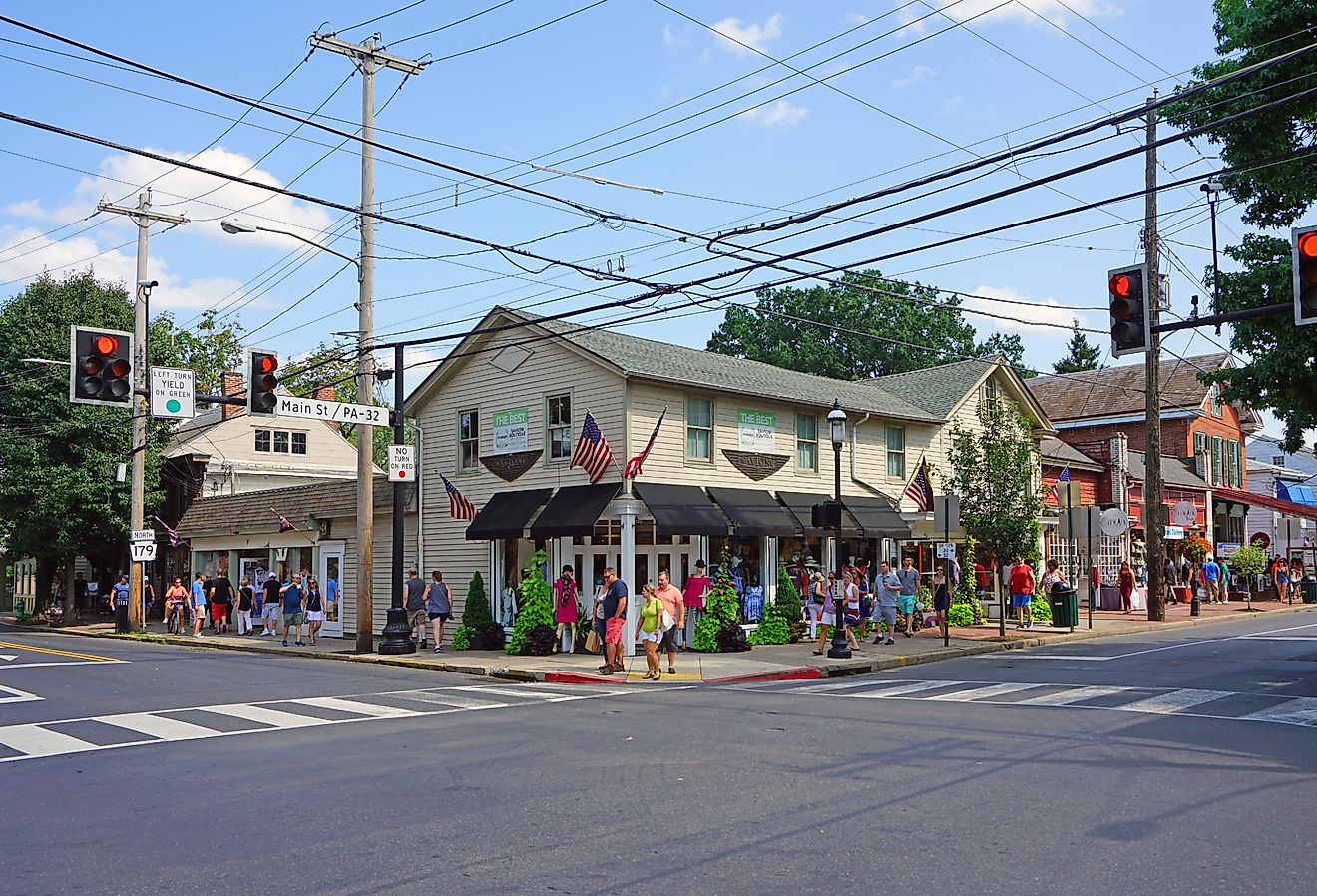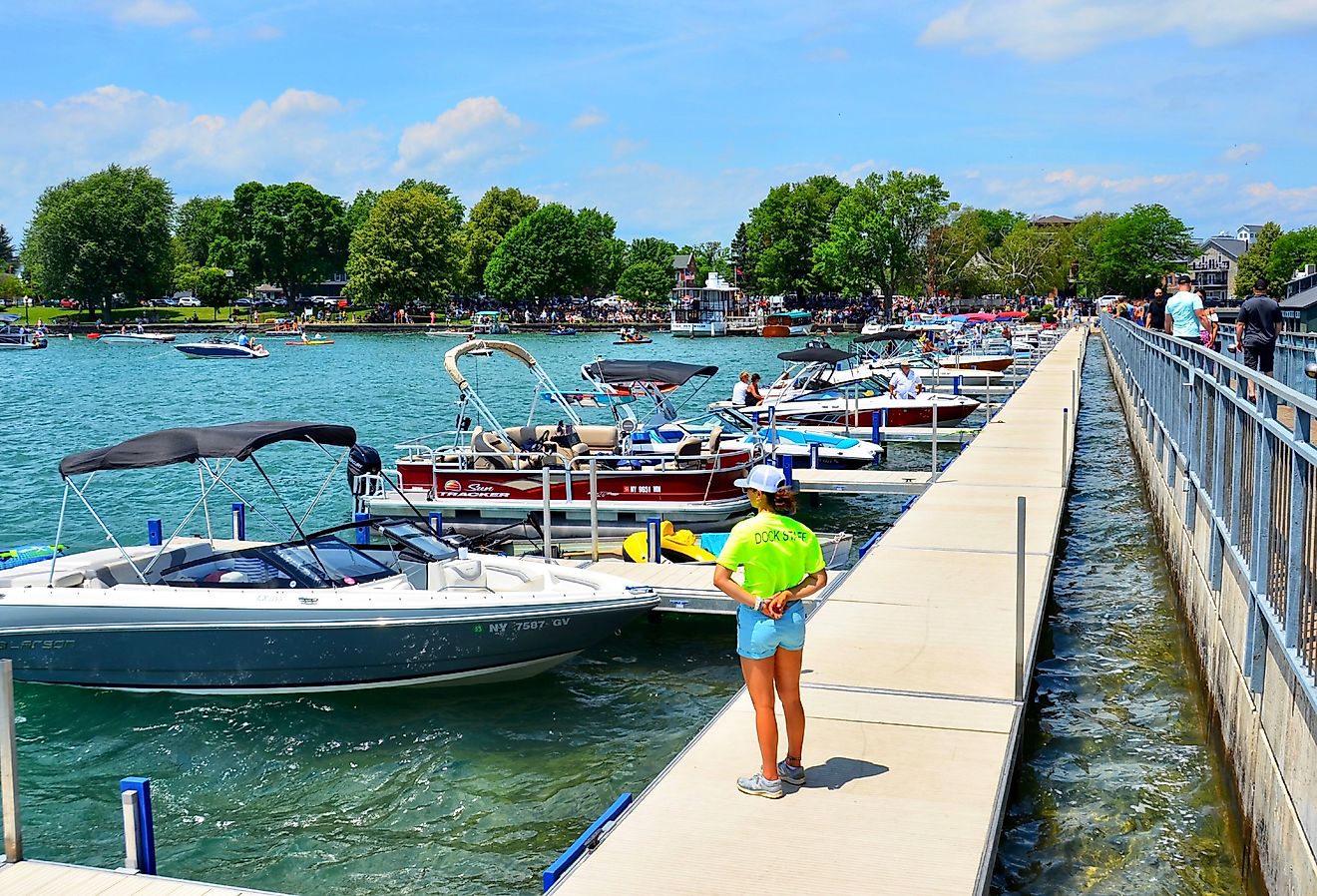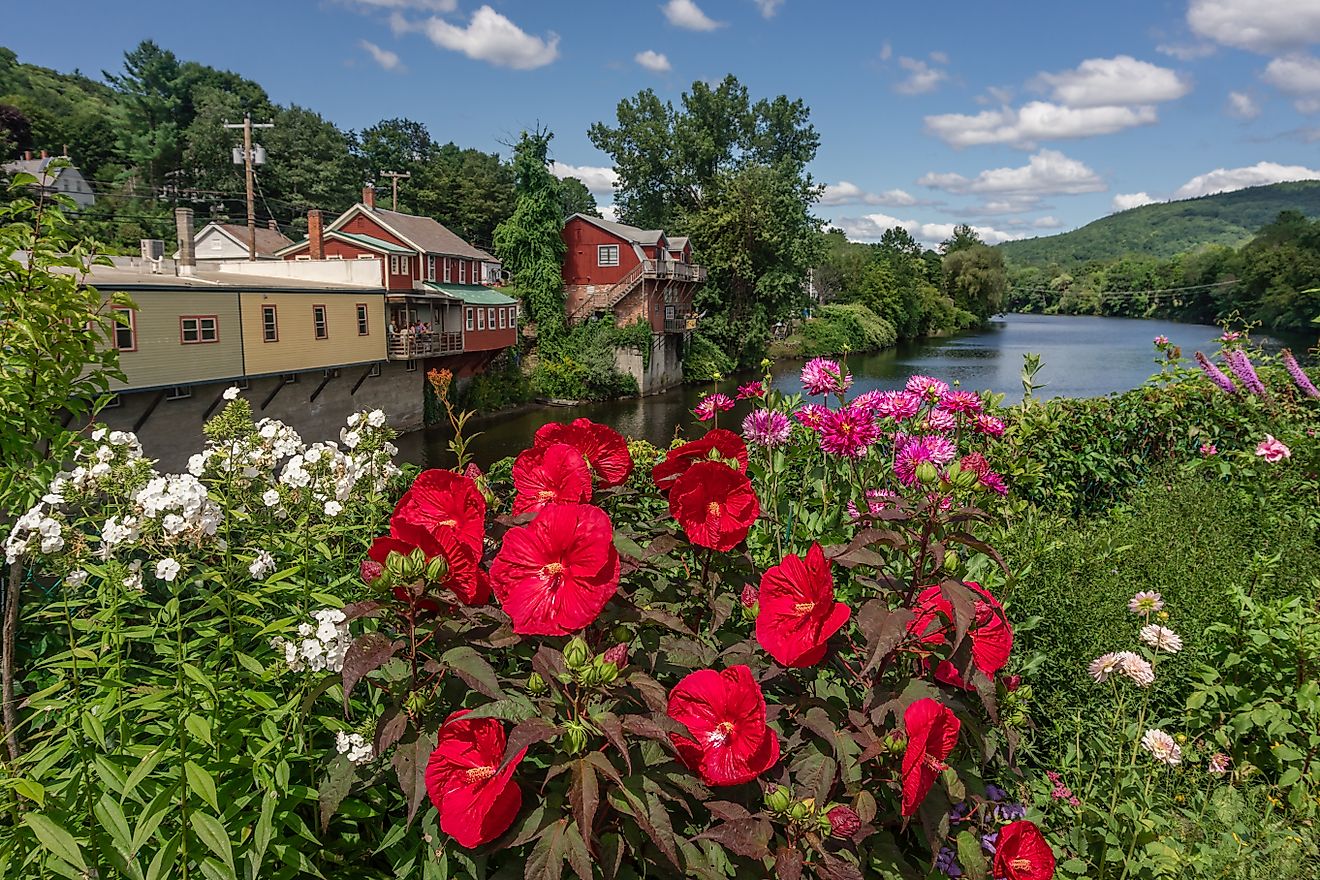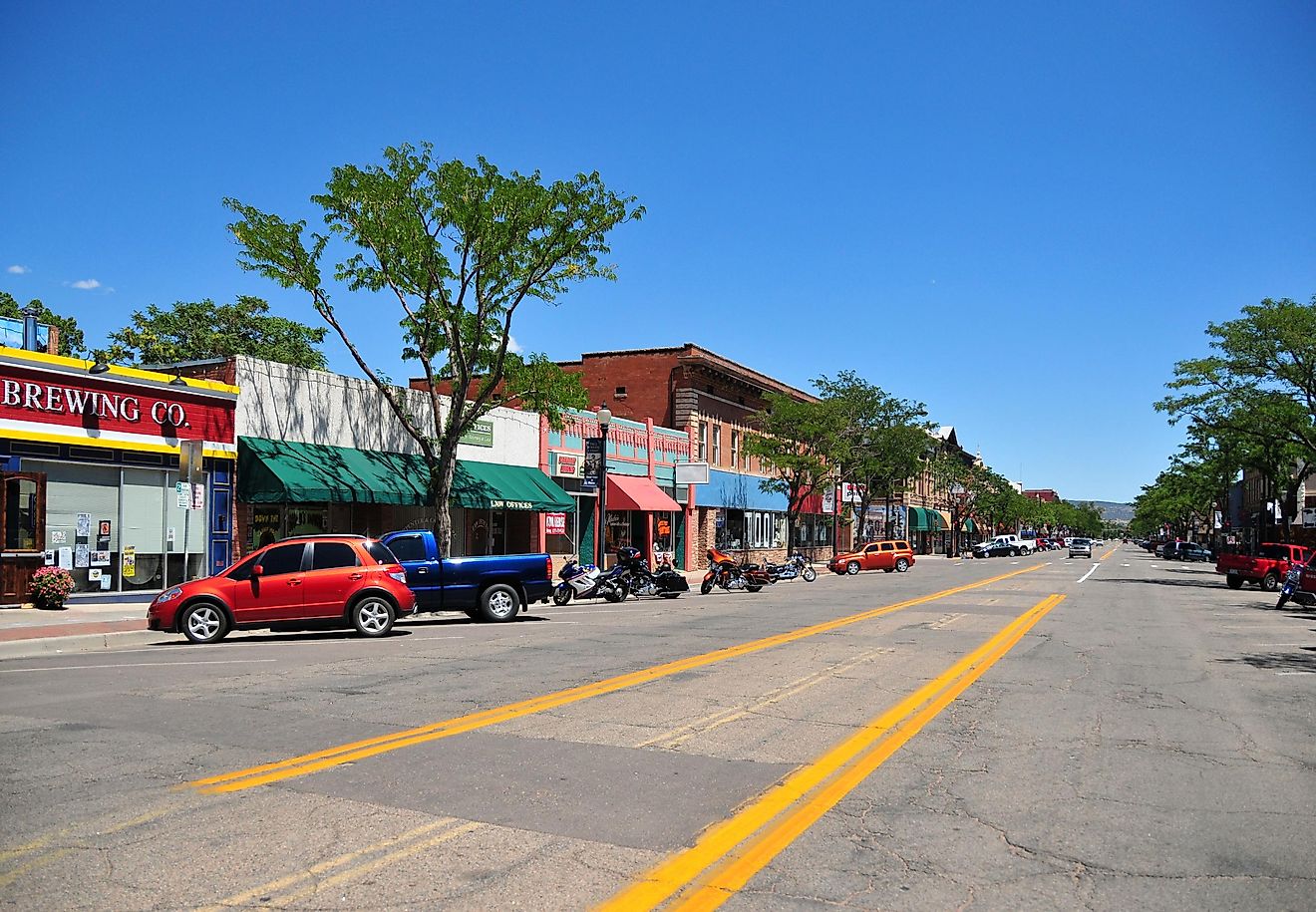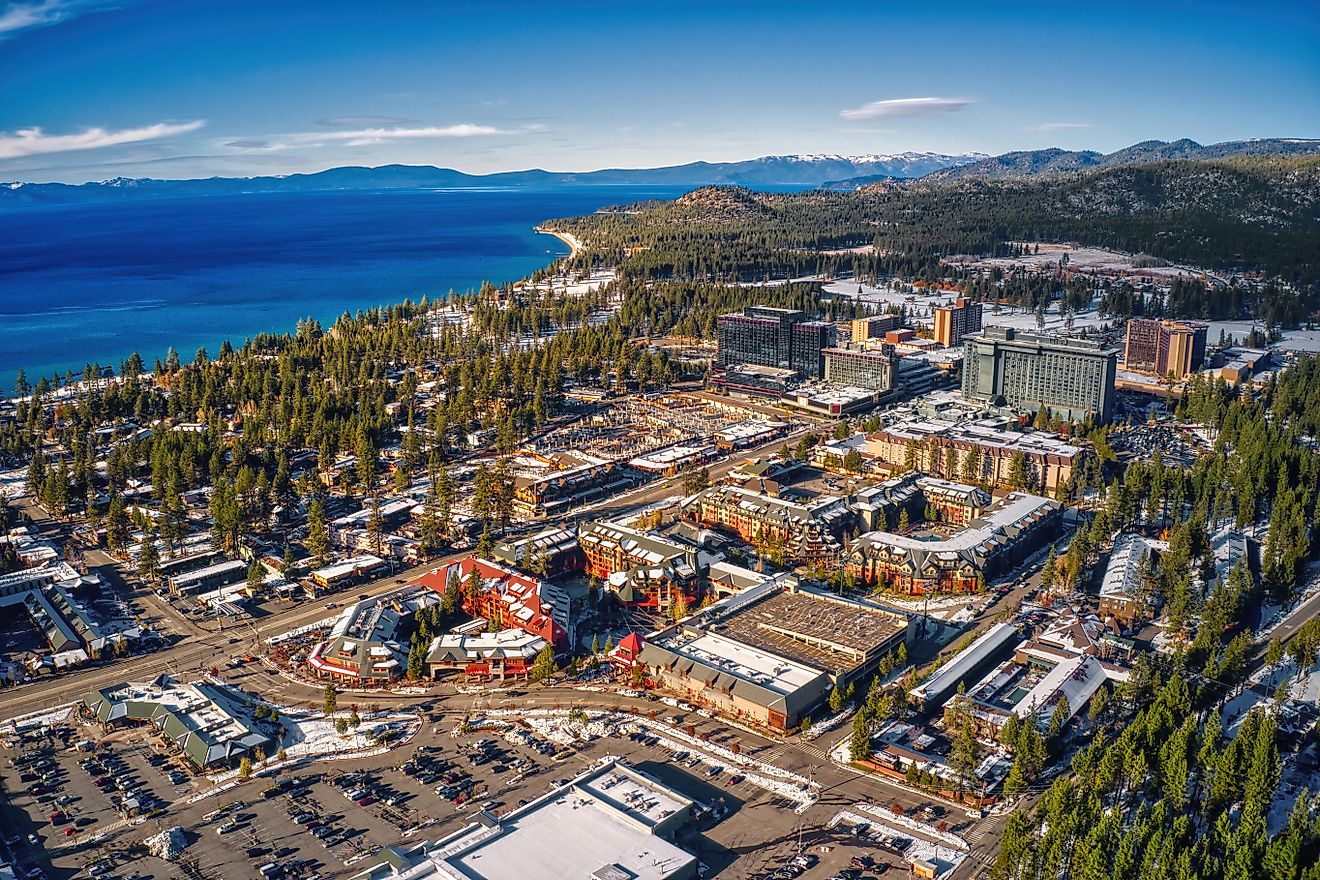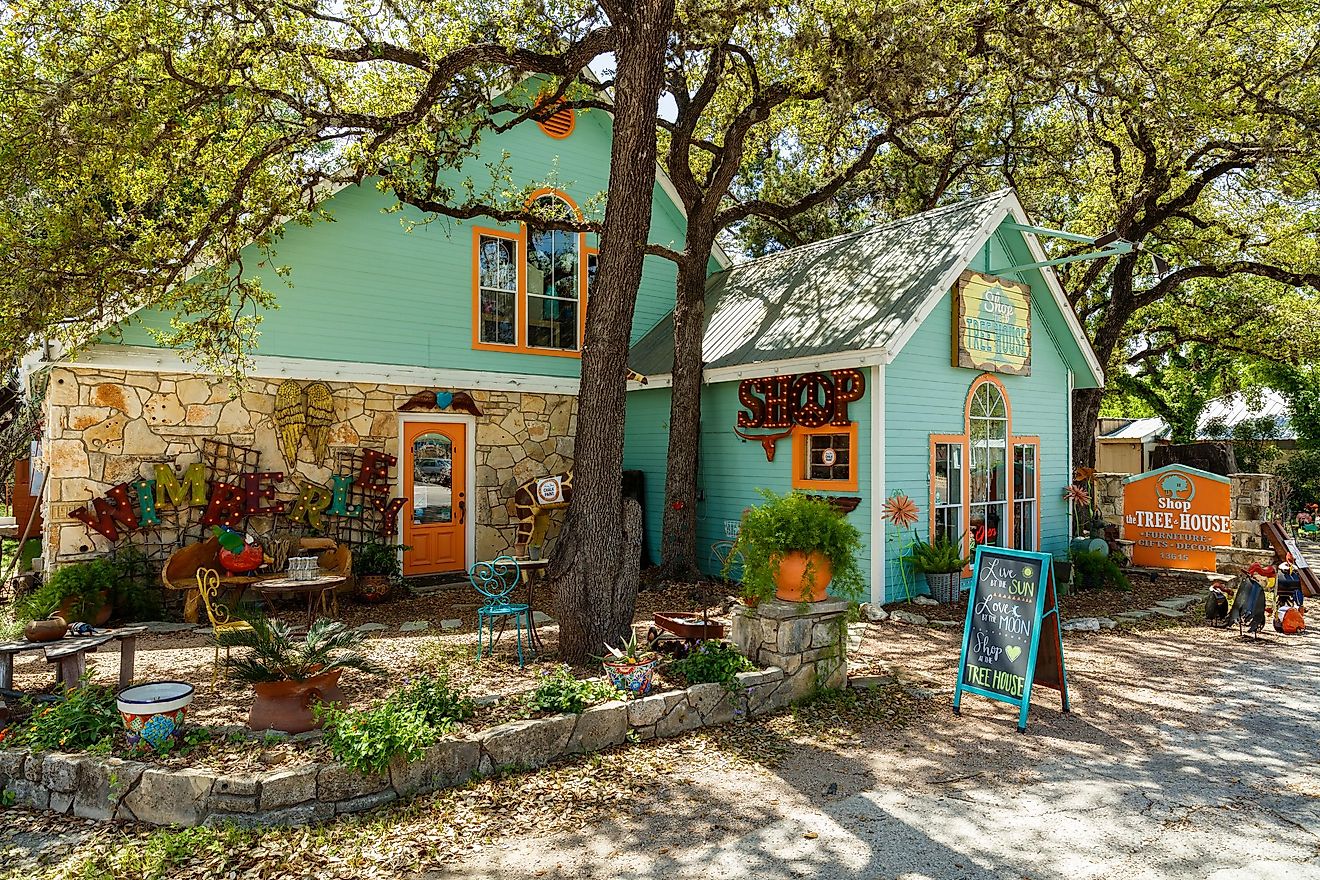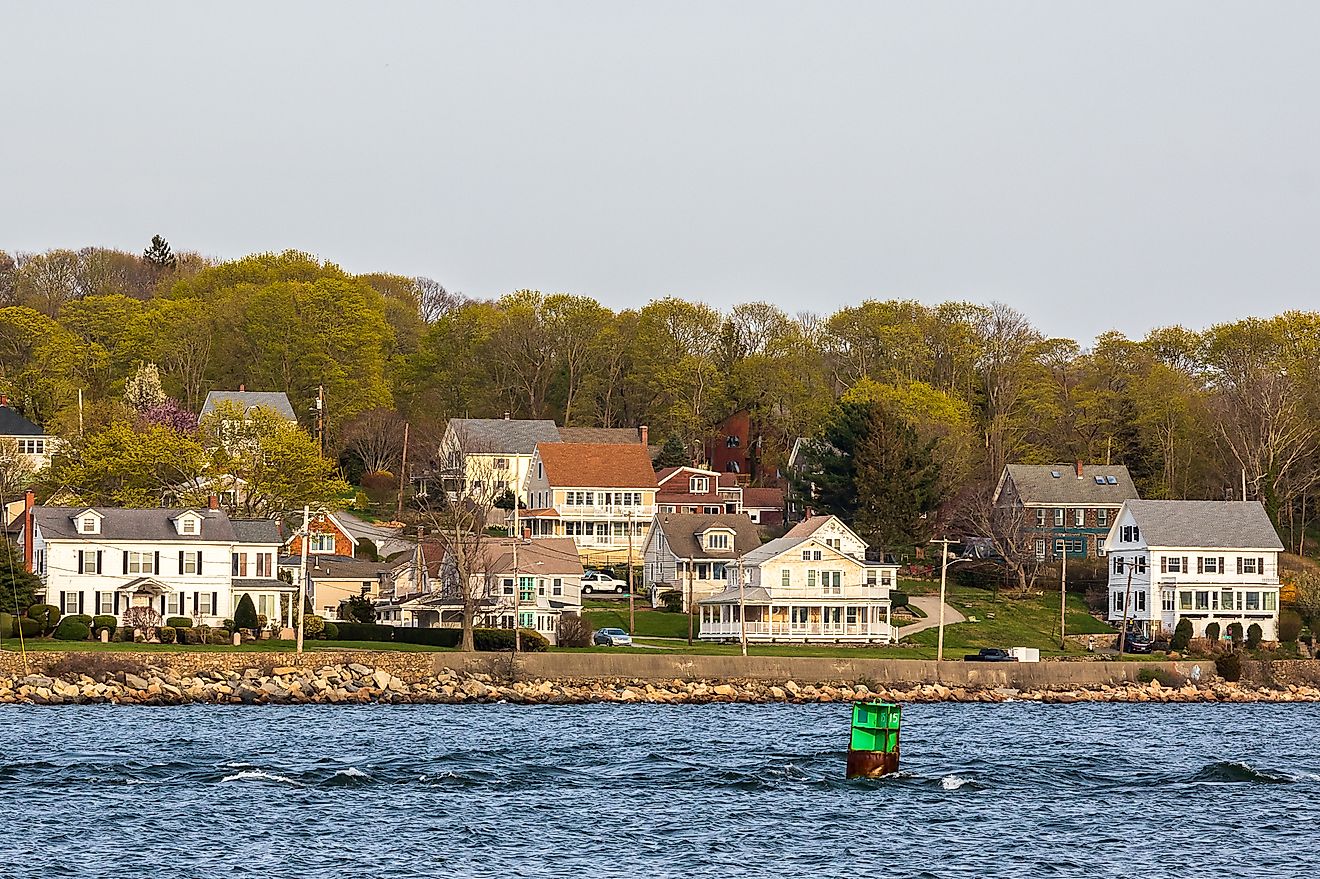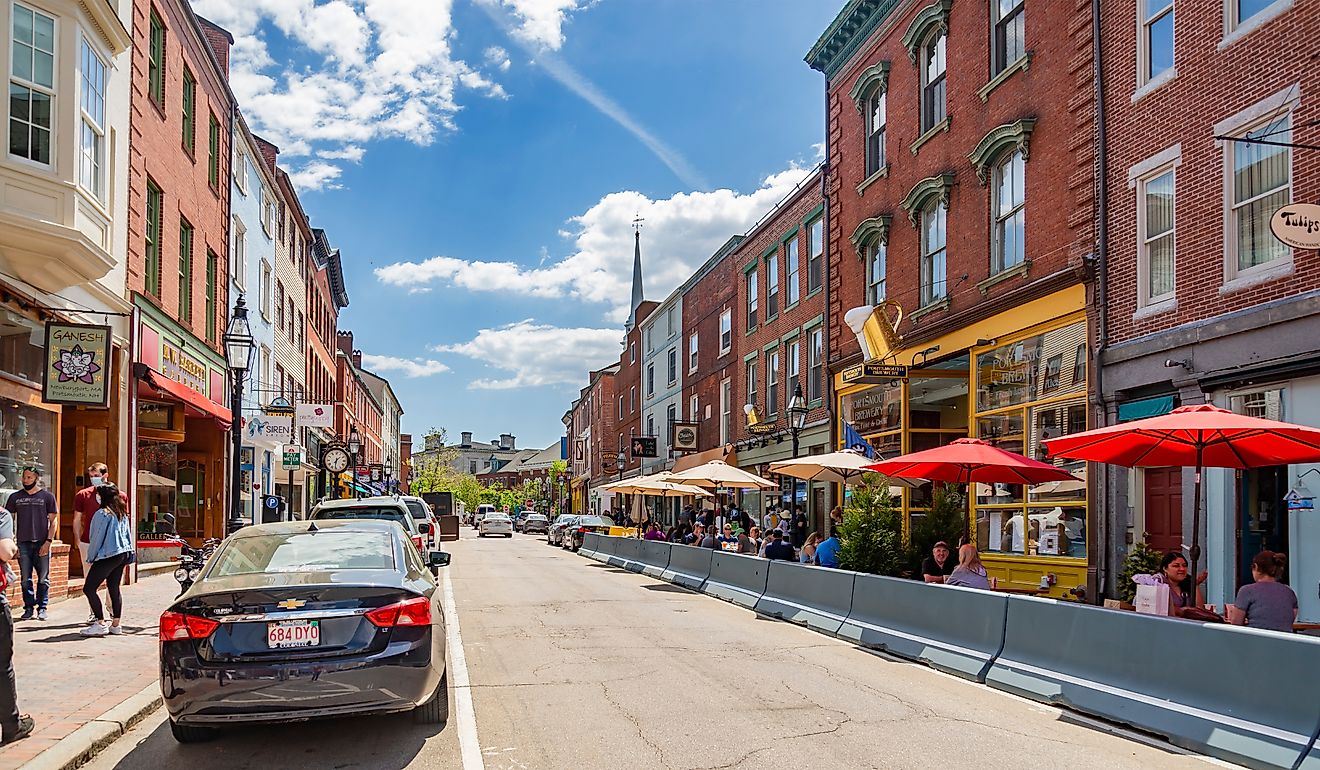
These Towns In Colorado Come Alive In Spring
Given its range in latitude and elevation, spring takes many different forms in Colorado. In some parts of The Centennial State, winterscapes hold their ground for an additional month or two, resulting in an extended ski season. Conversely, other regions witness wildflowers blooming, produce ripening, hiking trails and national parks reopening, and post-hibernation community events kicking off. The key is to know what fuels you and, hence, where to travel in this eclectic state. So, let's break down some of the best options for this time of year. These ten small towns in Colorado come alive during the spring.
Pagosa Springs

It's right there in the title! Although this southwestern Colorado town is actually named after its cache of soothing mineral waters (including the deepest hot spring in the United States), it is indeed a perfect springtime getaway. With snows still lingering in the San Juan Mountains but daytime highs downtown reaching modest figures, it is the perfect time to take a dip. Or, if you'd like to contribute to the colorful spring scenery while also getting a bird's-eye view of the area, go for a ride in a hot air balloon (they soar year-round in Pagosa Springs).
Adventurous visitors can begin to explore the millions of acres of national forests that surround this Archuleta County community. Backcountry trails might still be snowed in, but there are always manageable front-country hikes to be found. Those preferring to keep their feet dry can still get a taste of the region's iconic wildlife by visiting the family-friendly Rocky Mountain Wildlife Park.
Durango

Sixty miles west of Pagosa Springs, another fair-weather gem emerges. Durango is a historic mining and train town that is ripe with spring adventures. One of its premier attractions is the 141-year-old Durango & Silverton Narrow Gauge Railroad. This National Historic Landmark operates year-round, giving passengers a taste of the canyons and wilderness of the San Juan National Forests (that are otherwise inaccessible) as it chugs back and forth between the two namesake towns. The window views are particularly captivating this time of year, as the stalwart snows combine with emerging greenery.
Another epic undertaking that can be enjoyed from the climate-controlled interior of a vehicle is the 236-mile San Juan Skyway - an All-American Road that traditionally starts and finishes in Durango. At some point on either end of your spring excursions, be sure to stroll through the Nationally Registered Historic District that is downtown Durango.
Paonia

The moderate altitude in west-central Colorado gives Paonia an extended Goldilocks climate. No wonder this area attracted farmers, ranchers, and miners back in the day, and now, a mix of artists and nature lovers too. The harvests of tasty fruits kick off in late spring, giving early-season visitors first crack at their favorite selections (which can be purchased directly from the local organic farms). Several wineries have also capitalized on Paonia's agricultural advantages.
Take a tasting tour to see what creations have been fermenting during the off-season. Other exciting half-day trips from Paonia include Needle Rock Natural Area and Black Canyon of the Gunnison National Park (the South Rim, North Rim, and East Portal all open mid-late April). But thanks to the decorative buildings and lively atmosphere of the Historic District/Grand Avenue, a perfectly satisfying Paonia trip can be had without ever leaving downtown.
Estes Park

Speaking of Colorado's national parks, a springtime trip to the Centennial State just wouldn't be complete without a glimpse of the ever-popular Rocky Mountain National Park. Estes Park is the go-to basecamp for such a venture, as it is located just a ten-minute drive from the east entrances. This Larimer County adventure hub also marks the eastern terminus of both Trail Ridge Road and the Peak to Peak Scenic Byway - two of the most scenic road trips to take in Colorado.
The former is a 48-mile National Scenic Byway and All-American Road that typically opens in late May, giving visitors with sturdy vehicles a chance to wind their way up above the treeline to a whopping 12,183 feet. The latter sticks to lower elevations and is, therefore, open year-round, allowing everyone to take in the majesty of the 55-mile stretch to Black Hawk/Central City.
Breckenridge

Spring usually marks the end of ski season, but not in Breckenridge. Owing to its high elevation (i.e. 9,600 feet above sea level), and the highest chairlift on the continent (the Imperial SuperChair), there is powder to be carved all the way into May, meaning bums and bunnies flock from all over to squeeze out those final runs (Note: during this time, only intermediate and advanced routes are open). No wonder Breckenridge, or "Breck," as it is locally known, is considered one of the best ski resorts in the state. Not a fan of the downhill thrills? No problem.
This central Colorado destination has plenty of other fun, snow-based activities (such as sleigh, sled, and gondola rides, snowcat tours, snowshoeing, and tubing). It is also home to the inspiring BreckCreate Arts District, which is full of mixed-medium studios, galleries, historic venues, indie stores, and public workshops.
Cortez

Another of Colorado's top-rated national parks once again takes center stage in this small town. Cortez sits in the southwest corner of the state, just 45 miles west of Durango and right outside of Mesa Verde National Park. Springtime visitors can get the jump on summer crowds, absorbing the innovative cliff dwellings of the Ancestral Pueblo at their own rate. The scene of this UNESCO World Heritage Site is heightened even further by the contrast between the pastel structures and the snow-powdered evergreen foliage.
This year, the tour season officially begins on May 12th, but the faithful overlook platforms still welcome those who arrive earlier. If America's Indigenous history strikes a chord with you, consider driving the rest of the 116-mile Trail of the Ancients Scenic Byway from the Four Corners Monument and Hovenweep National Monument, with Cortez marking more or less the midway point.
Crested Butte

Crested Butte is a Rocky Mountain town of staggering contrast. It is one of the snowiest small towns in the United States (much to the delight of downhill and Nordic skiers), but it is also the "Wildflower Capital of Colorado." Though the local Wildflower Festival doesn't kick off until July, these radiant beauties begin to burst through Crested Butte's fertile alpine meadows (all of which are public lands, by the way) in spring.
For the best chance of seeing early-season blossoms, take a hike on the 7-mile (round-trip) Lupine Trail on the north side of town. This time of year is also perfect for fly-fishing in the converging creeks, going on a fat-biking adventure, or simply window shopping/dining at the colorful establishments along Elk Avenue.
Telluride
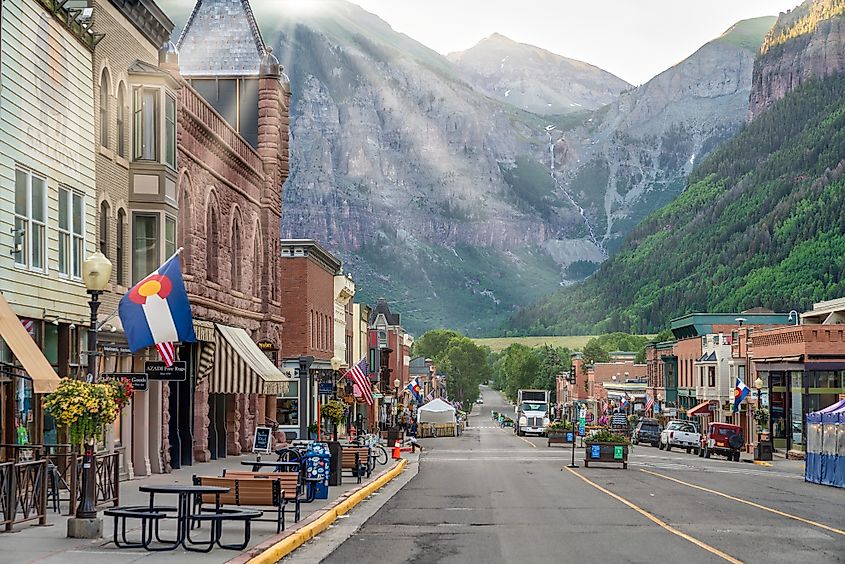
This historic mining town and premier ski destination packs quite a punch come spring. For starters, the Mountainfilm Festival has united cinephiles and nature lovers every Memorial Day weekend (since 1979) at various venues throughout Telluride, including the iconic Sheridan Opera House, aka "The Crown Jewel of Telluride." The only thing better than sweeping drone shots of epic mountainscapes is seeing those hulking kings and queens with your own eyes.
So before/after the festival, take advantage of the free gondola up to Mountain Village in order to take in a breathtaking panorama of the continent's highest concentration of 13 and 14,000-foot peaks. By this point, the adjacent Telluride Ski Resort will have shifted into mountain biking mode, so if that sounds like your fix, be sure to bring your wheels or get kitted out in town before heading up. Finally, thanks to substantial spring snowmelt, the 365-foot Bridal Veil Falls should be absolutely gushing by the time you arrive.
Whether you're drawn to the winter snows or are chomping at the bit to delve into the unobstructed forests, Colorado has you covered. Thanks to its hearty supply of mountain towns, the thrills of downhill skiing (and/or the tranquility of a hibernating world) can be enjoyed long into the MAM months (i.e., March, April, and May). On the other hand, its climate-bubble valleys free up the roads, trails, and certain Vitamin-D-deprived citizens just in time for national park tours and main street gatherings. Either way, these ten towns really do hit their stride in spring. Which one calls to you?
